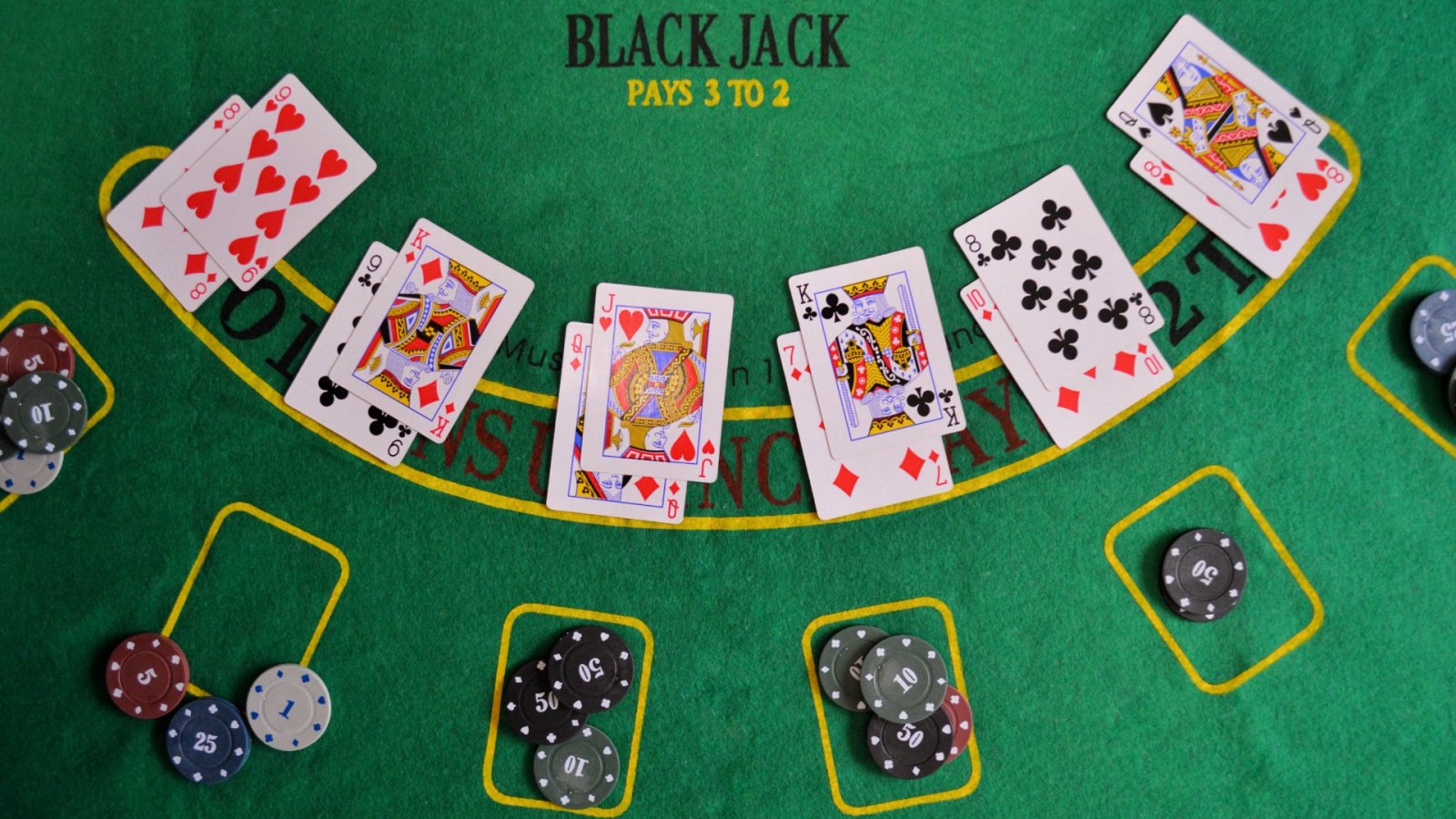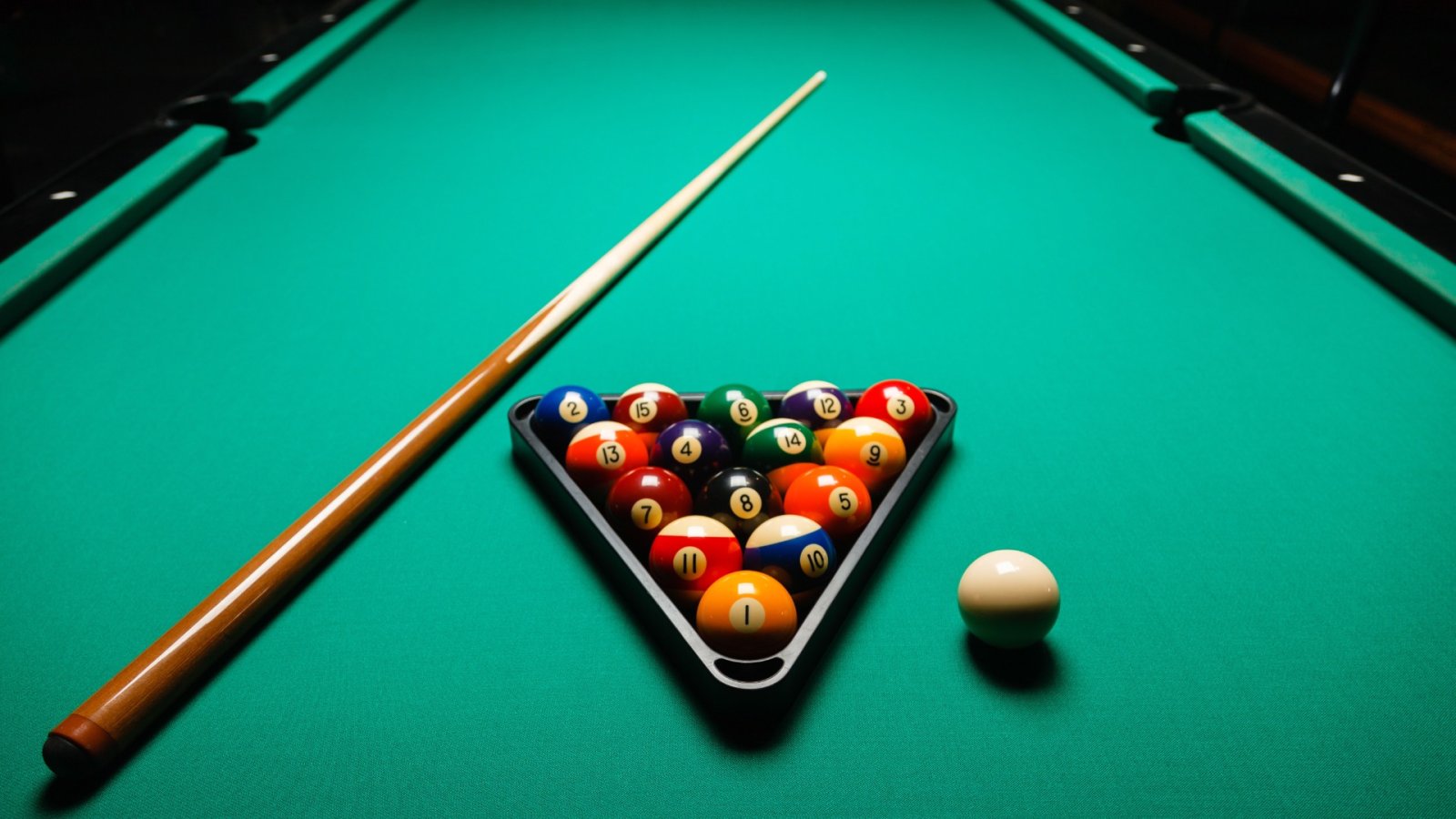Billiards is a popular pastime enjoyed globally. It is played by teens at local pool halls, as well as by young people at bars and restaurants. Professional players dedicate themselves to honing their skills and gaining international recognition through televised championships. Additionally, billiards is commonly played at home for friendly competition among friends and family. The game of billiards has evolved over time, with a rich and lengthy history. Today, when you contemplate your shot and apply chalk to your cue stick, you are experiencing the culmination of centuries of development. If you're passionate about pool and eager to learn more, rely on HB Home for reliable information about the game. We delve into the origins of pool, its extensive history, and its present-day form.
The origins of billiards date back to the 15th century in France and northern Europe. Originally a lawn game influenced by croquet, it transitioned indoors to create a tabletop version. This indoor adaptation led to the invention of pool, allowing people to enjoy the game regardless of the weather. Early players used wooden tables covered in green cloth, resembling grass, for their "tabletop croquet." They used a wooden stick called a "mace" to push balls across the table's surface. The French term for the mace, "billart," and the word "bille" for each ball may have contributed to the name "billiards." The tables had six pockets, two balls, and a hoop resembling a croquet wicket, with an upright stick as the target.
Information about billiards from this period is limited, primarily sourced from accounts of royalty and nobility. It is often referred to as the Noble Game of Billiards, but it is likely that people from all backgrounds enjoyed it. The game's popularity is evident from its mention in Shakespeare's "Antony and Cleopatra" during the 17th century. Billiards quickly evolved from its croquet-inspired origins due to player preferences and the impact of the 19th-century Industrial Revolution. As with any sport, people discovered ways to enhance and streamline the game to maximize enjoyment.
Early billiards players encountered challenges when using the mace to move balls, particularly when near the table's rails. To overcome this, they began using the thinner handle of the mace, known as the "queue" or "tail," to strike these balls. This gave rise to the modern term "cue" for the playing stick. As the game progressed, players sought improved table designs. 18th-century tables featured wooden surfaces with flat walls, resembling outdoor river banks, to prevent balls from falling off.
During the 1800s, the Industrial Revolution brought significant changes to billiards. The use of chalk increased friction between the cue and ball, leading to the development of specialized cue tips, including leather options, enabling players to achieve spin. The invention of the two-piece cue during this period gave rise to the familiar cue stick we know today. Simultaneously, proper pool tables were introduced. To overcome warping issues, slate replaced wood as the preferred tabletop material, ensuring a durable and smooth playing surface. The popularity of rubber led to the creation of billiard cushions for the table edges.
When comparing billiards vs. pool, many wonder if the terms are interchangeable. In reality, both can refer to the same game. The term "pool" originated from the concept of a collective bet, where individuals combine their money for a shared prize. This notion of pooling money is seen in activities like poker and horse racing. In the 1800s, a poolroom was a place for placing bets during horse races. To keep patrons entertained between races, billiards tables were installed. This association between billiards and poolrooms led to the game being referred to as pool.
During both World Wars, American troops introduced billiards as a recreational activity, boosting morale. However, after World War II, societal shifts towards commercialism and consumerism led returning soldiers to prioritize career-building, starting families, and buying new products. Two key events revitalized billiards in the public eye. The first was the release of the movie "The Hustler" in 1961, starring Paul Newman, which sparked renewed interest in the game. Pool halls began reopening across the nation, and billiards enjoyed a resurgence after a decade of decline.
However, this resurgence waned by the end of the 1960s due to factors such as the Vietnam War, social unrest, and the growing popularity of outdoor activities. It wasn't until 1986, with the release of the sequel "The Color of Money," featuring Paul Newman and Tom Cruise, that billiards experienced a renaissance. The film's success led to the opening of more pool halls with a modern and inviting aesthetic, dispelling old stereotypes associated with the game. This period marked the inception of the modern billiards experience enjoyed in pool halls today.






